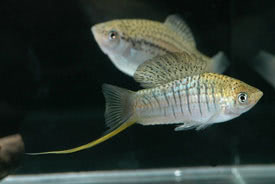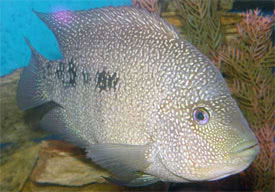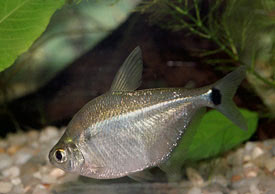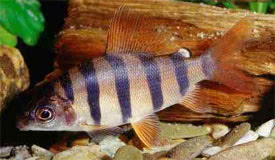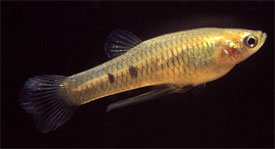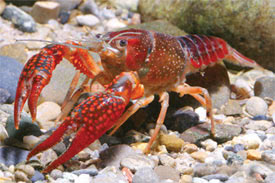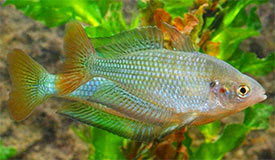
 Magyarul / Hungarian
Magyarul / Hungarian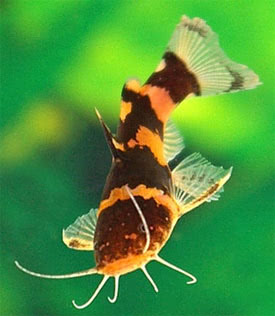
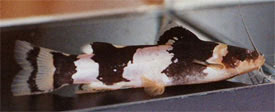

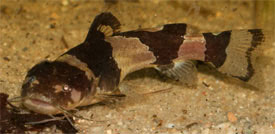
- Scientific name: Microglanis iheringi
- Common name: South Amrican Bumblebee Catfish
- Group: Catfishes
- Habitat: South America; Venezuela, Columbia
- Size: 5-7 cm
- Biotope: Fast flowing rivers
- Social behavior: Quiet, peaceful, nocturnal catfish, who only occasionally considers young offspring resting on the bottom as nourishment. An ideal addition for the well arranged community tank.
- Diet: Omnivorous; tablets, flake food, frozen foods of all kinds. Any small live foods such as daphnia and mosquito larvae. In nature the species consumes insects and their larvae.
- Breeding: Very rare in aquarium.
- Tank: Minimum 60 litres
- Population: 3 fish for 75 litres
- Decoration: Plant the tank generously and provide room for swimming and feeding with a sand substrate. Hiding places from rocks and roots is necessary.
- Temperature: 21-26 °C
- pH: 6.5-7.5
- Hardness: 10-18 NK°
- Lifespan: 3-5 years
Description: Its common name of the Bumblebee Catfish can be misleading as there is another catfish, from Asia, Pseudomystus siamensis, that also carries this name and has a different body pattern, shape, and possess's an extra pair of barbels. As its common name suggest it has dark brown markings on a light brown body. Dorsal fin is rounded and mainly dark brown with a pale tip. The caudal fin has a broad dark brown cross band. The bumblebee catfish will rarely come out at day from it's hiding place, except for feeding time. Females are notcieably plumper than males.
Breeding is very hard, only a few reports are available, try the following water parameters: 4.8-6 pH, with a temp of 22-25 °C. Feed the fish with varied live foods, such as Daphnia, bloodworm and river shrimp. A drop in temperature then a quickly warming up can be initiate to their spawning.








